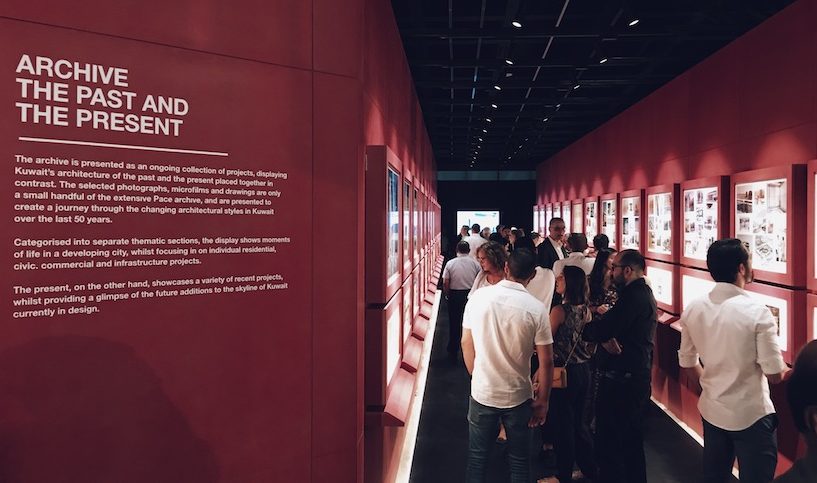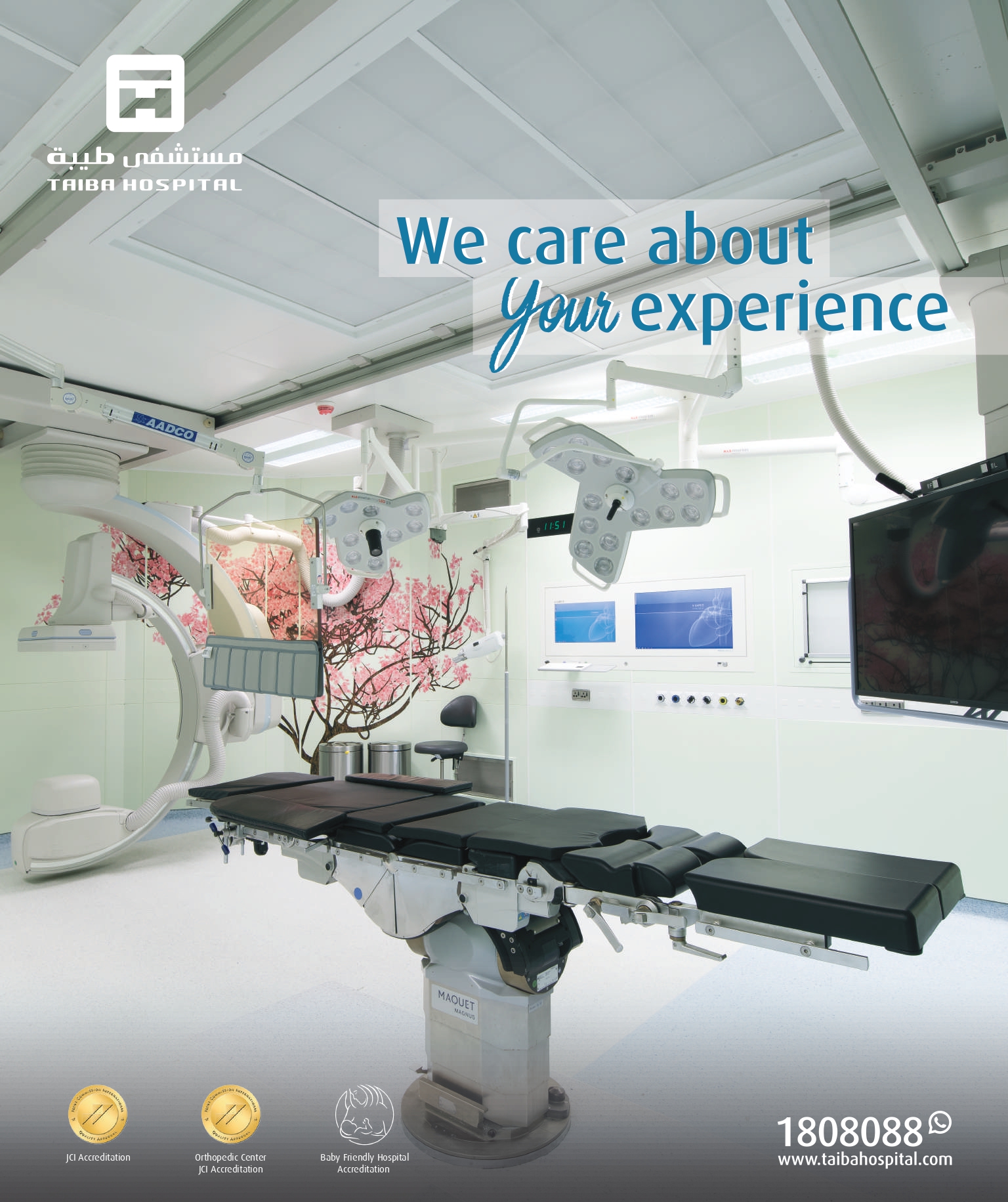Ricardas Blazukas, curator of the exhibition ’50 Years Of Architecture In Kuwait’ for local architectural firm Pace tells bazaar what he hopes visitors would have learned from visiting. He also interprets the idea of orientalism in architecture, his favorite architectural spots in Kuwait, more.
What was the main idea behind the exhibition ‘50 Years of Architecture in Kuwait?’
Four months ago, Tarek Shuaib – CEO of Kuwait- based architecture firm Pace, invited me to design and curate an architecture exhibition to celebrate the company’s 50th anniversary. I used to work for Pace as a design architect before I moved onto working independently at the beginning of this year.
Pace had fantastic content available for this exhibition. Throughout the year they commissioned numerous artists to create illustrations of some of the most interesting architectural spaces in Kuwait. I was also introduced to an upcoming architectural publication Pan Arab Modernism, which Pace is sponsoring, and used small bits of it in the exhibition. Finally, their physical and digital archives are simply phenomenal; I was very excited to have had the opportunity to spend weeks going through all of it and selecting archived content for the show.
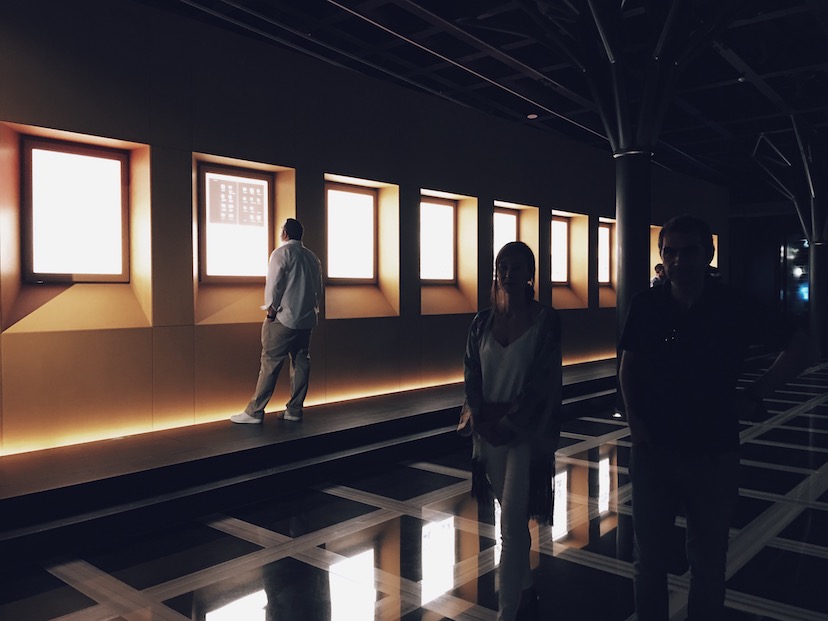
Processed with VSCO with c4 preset
Why was the exhibition held in Al Shaheed Park?
Pace wanted to hold the exhibition in Al Shaheed Park, as it was a well-connected space in the city and had a beautiful large-scale venue located in the second phase. I enjoyed the potential of this grand multipurpose hall and wanted to explore the ways of presenting architectural elements as large sculptural objects within the space.
How did you approach the concept of this exhibition?
My aim was to curate an exhibition, which would be simple, yet engaging – so that not only architects, but also people from non-architectural backgrounds could understand and enjoy the presented architecture of Kuwait. Conceptually, I played with materiality and color to create juxtaposition between the past and the present. Beige panels representing the sandy tones of concrete which were commonly used in Kuwait’s architecture of the Pan Arab Modernism era, contrasting with blues representing a colorful today. The displays rising out of sand is an important detail, which really sets the focus on Kuwait’s heritage and takes us back in time to understand how far Kuwait has come. The center piece of the exhibition is the iconic Kuwait Fund building re-introduced as a ‘By People, For People’ pavilion to host interviews with architects who have played a huge role in shaping the skyline of Modern Kuwait.
In the last few years, there has been uncontrolled growth in construction of contemporary buildings in Kuwait. Do you think the regional identity and traditional language of architecture is being diluted?
To be honest it is a very difficult question to answer, as the discourse on the regional identity and traditional architectural language can be endless. It is a fact, however, that a lot of new architecture is not sustainable. I understand that globalization and social media plays an important role in today’s world as the trends in general become global. A small part of me feels, however, that architects who try to bring architecture and design fashion to Kuwait still manage to miss some things in translation and make that architecture at least stylistically a bit more unique to its context.
The idea of orientalism in architecture is also something that I find very interesting. I am currently working with architect Jassim Alnashmi and product designer Kawther Alsaffar on the Kuwait City Pavilion for Dubai Design Week where our narrative questions orientalism through a series of metal cast sculptures.
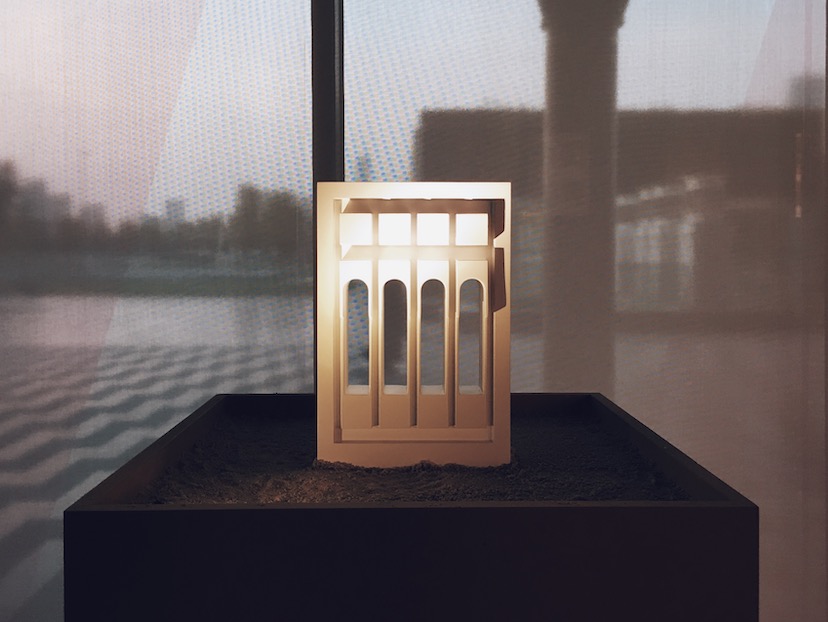
Processed with VSCO with c4 preset
Can you share whether there have been any particular influences in your career?
I enjoy approaching architecture from a creative side. I always find inspiration within art, design and fashion. I find that these fields best represent today’s people and their culture and believe are the best ‘ingredients’ to consider when approaching new creative briefs. In general, I enjoy post-modern architecture and the influences can be seen in any type of my work, whether it is art or architecture
If you were to describe your architectural style in just three words, what would they be?
People. Geometry. Color.
If you were to meet any one architect living either today or at any time in history, who would that be and why?
I enjoy works of artists such as Ken Price, Ettore Sottsass or Steven Turrell; it fascinates me how they manage to bridge art, design and architecture. I feel that their artistic work is an endless source for architectural inspiration.
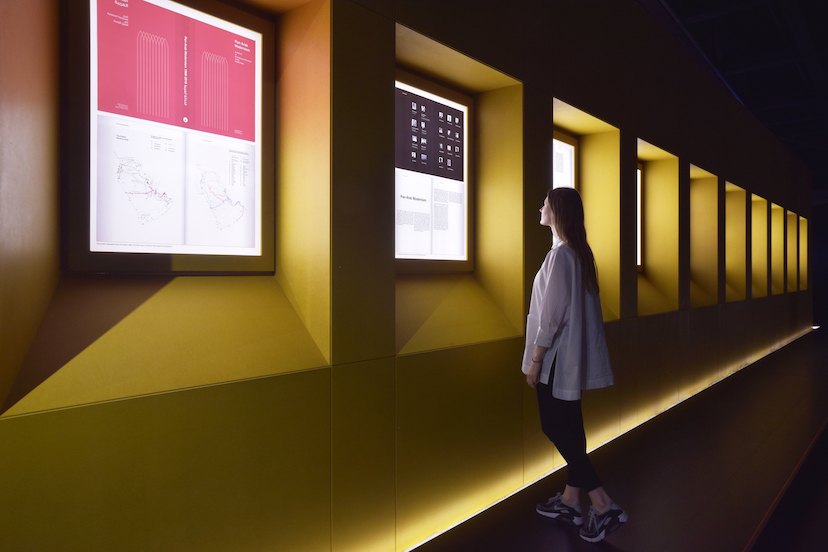
If you were not an architect, you would be…
I am currently trying to span between architecture, art and design as I enjoy all things creative… but if I had to choose one – then I’d choose to lock myself in a studio making paintings and sculptures every day.
Name any two landmark buildings one must visit in Kuwait.
Arab Organizations building is a must to visit, especially since they organize tours for the public. Also, both Kuwait Fund HQ buildings are great examples of architectural permanence in Kuwait.
For more information on Ricardas Blazukas, you can follow www.ricardasblazukas.me. Photos courtesy of Ricardas Blazukas.



